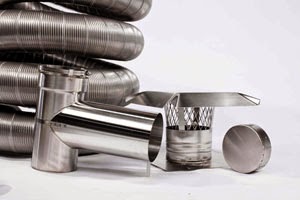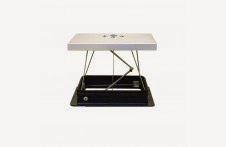Creosote is a dark colored, combustion
residue that can collect on the inside of a chimney. Creosote is that it is
very flammable and, because creosote is so flammable, it can cause cracks in
the brick, which means that heat can reach other parts of your house. A
flammable chimney is one of the leading causes of fires in homes.
Let’s
explore chimney repairs and cleaning in greater detail.
·
Chimney Cleaning
-
Having your chimney fully cleaned
out will cost over one hundred dollars, but a clean sweep won’t just clean out
your chimney, it will clean out the fireplace as well. Your goal with the chimney cleaning will be
to have the firebox checked for any damaged bricks and/or mortar, to have the
damper checked for cracks and rusting (any that are should immediately be
replaced by a professional), and to ensure that the damper fits tightly and
moves freely when it is opened.
-
In addition, if there is any
airflow being restricted by debris, it should be removed as soon as
possible. Examples of debris may include
broken bricks and flue liners. If there are any vertical cracks inside of the
chimney, this means that a flue fire has taken place here before, and it should
be handled immediately by a professional.
-
If there are any signs of
creosote concentrations inside of the chimney, they should be removed as well.
Chimney cleaning is an essential part to keeping your home well
maintained. However, chimney cleaning is
different than chimney repair. If you ever have a professional clean your
chimney, they may tell you that your chimney is in need of some repair
measures.
·
Chimney Repair
-
Chimney repairs can include
installation of a chimney cap, replacing the liner, or even replacing the
mortar. Chimney repair is a far more serious matter than chimney cleaning.
-
If your chimney cleaning
professional ever tells you that your chimney will be in imminent need of total
replacement or some major repairs, you should contact your building official immediately.
This is because chimney repair or replacement may require a building permit.
The only person who is qualified to repair a chimney is a home improvement
contractor.
-
To find out if the contractor is
a viable candidate to repair or replace your chimney, they must have a home
improvement registration certificate with them and display this to you. You can
always contact the Department of Consumer Protection and they will check up on
any home improvement contractor.
-
You will be given a certain amount
of time, usually three days, to cancel the job.
This is under home improvement law that requires all home improvement
contractors to put a cancellation notice in the contract, giving you time to
think about the job before it actually begins.



